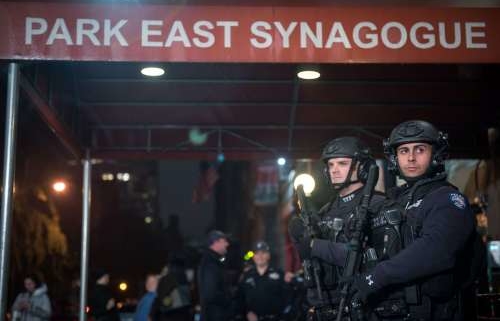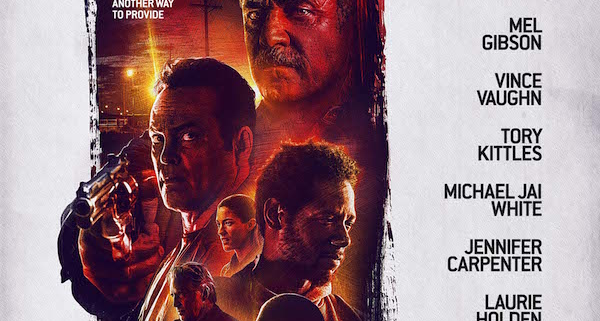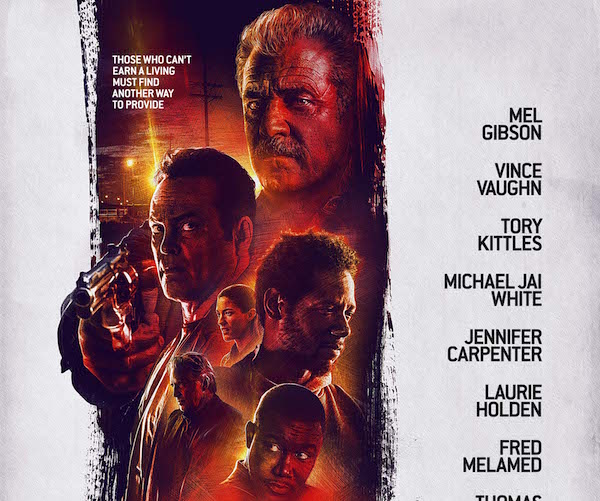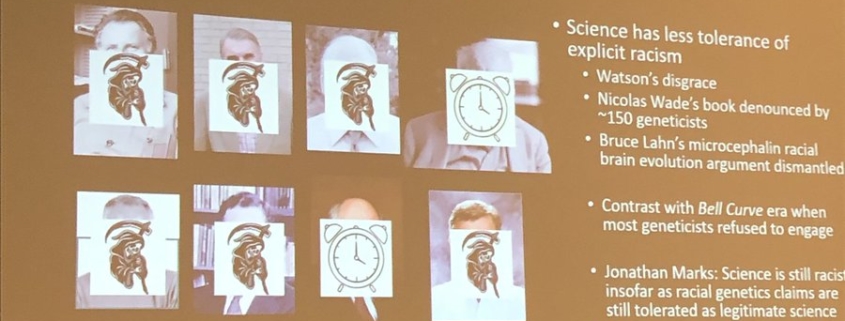Black Crime and Its Jewish Apologists
The English county of Kent has a proud history when it comes to invasions. It’s said that the people of Kent adopted the motto Invicta (“Undefeated”) following the Norman invasion of England, because the spirited resistance of its Anglo-Saxon peasantry deterred the Normans from attempting to gain full control over the east of the county. Once London was reached, the Normans ignored most of East Kent, due mainly to the fact this cohesive community of peasants attacked them at every opportunity. Kent then became a semi-autonomous County Palatine under William the Conqueror’s half-brother, Odo of Bayeux, with special powers otherwise reserved for the unruly counties bordering Wales and Scotland. It’s now almost one thousand years since the brave resistance of the Kentish peasants and, in the interval, something rotten, something deeply diseased, seems to have entered the psyche and culture of this most traditional English county. Just a few days ago, the area once described by Henry VIII as the “Garden of England” became the Mogadishu of England as scores of whooping Africans clashed in vehicles, and poured through the streets with machetes. The fact that blade-wielding Africans now stalk where the all-conquering Normans once feared to tread is just a lesser symptom of the general decline of modern Britain under multiculturalism, and the nation’s ongoing descent into a maelstrom of Black violence and Muslim sexual sadism.
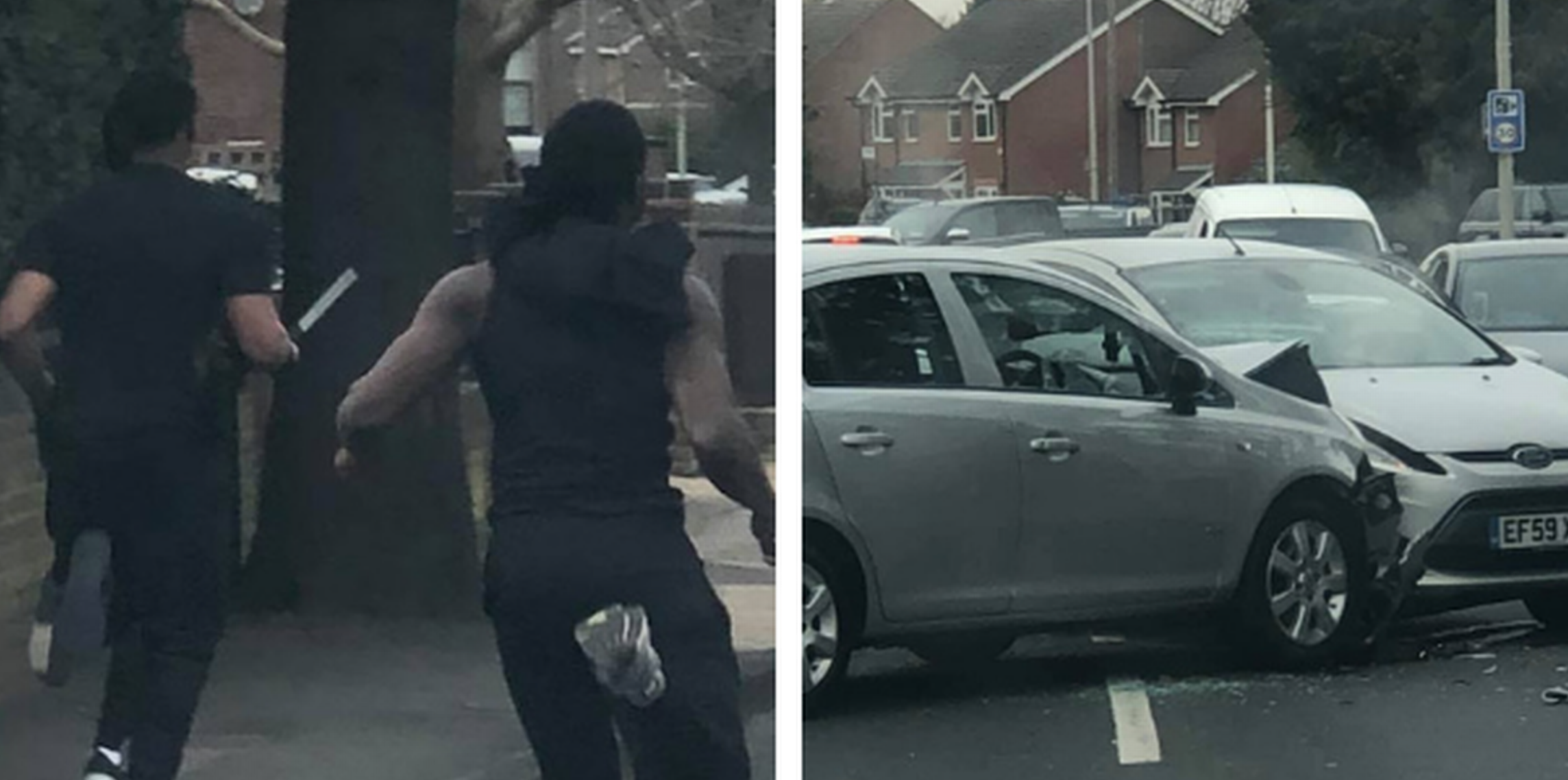
The Garden of England, 2019
According to Merriam-Webster, the phrase “a stab in the dark” refers to “a guess that is based on very little or no information or evidence.” The British mainstream media is currently stabbing in the dark about why there have recently been so many literal stabs in the dark – because England, and London in particular, is currently experiencing another of its spasmodic outbreaks of what has been euphemistically called “knife crime.” “Knife crime” in Britain, like “gun crime” in the United States, is a phrase loaded with a racial meaning that everyone strenuously avoids admitting the existence of. According to the BBC, out of 44 British police forces that have submitted statistics, 42 have recorded a rise in knife crime since 2011. In London, the national “knife crime” capital, it was found that “young black and minority ethnic teenage boys and men were disproportionately affected, as both victims and perpetrators.” In one of the most horrific incidents of recent weeks, a crazed Ugandan, Jason Kakaire, went on a vicious stabbing spree that saw four apparently random and unprovoked stabbings in 14 hours, including one attack that severed the spinal column of one on the victims, resulting in permanent paralysis. You will search in vain for an image of Kakaire, who has been described by the media merely as having “short dark hair, light facial hair, and a grey tracksuit.” Only his last name, almost exclusive to Uganda, gives away the fact these crimes are part of the broader pattern of African violence in the new, vibrant, England.
The media-government-academic rhetorical “stab in the dark” about the causes behind this pattern is multifaceted. Each proposed guess about the causes of Black criminality is linked to the others only via mutual avoidance of “knife crime’s” biological, racial imperatives. Superficial discussions about “Black culture,” gangsta rap, and absent fathers feature to some extent at the fringes of the mainstream, but never in a way that asks why, wherever Blacks come to live, and no matter how much money and support they are given, they invariably and repeatedly regress to the same pattern of broken families, violent crime laced with extreme brutality, primitive gang cultures, dismissal from schools, unemployment, and extremely low socio-economic achievement. Read more

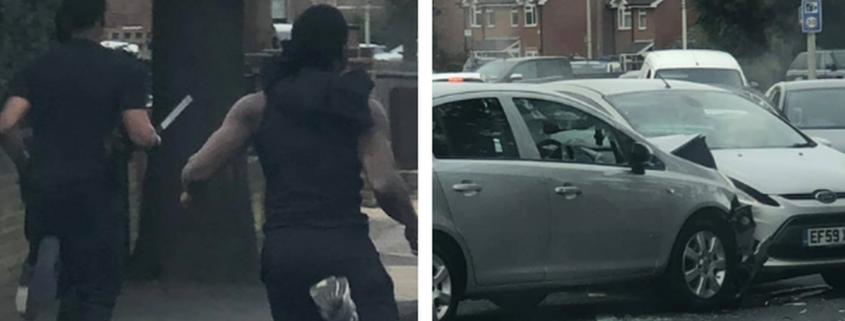
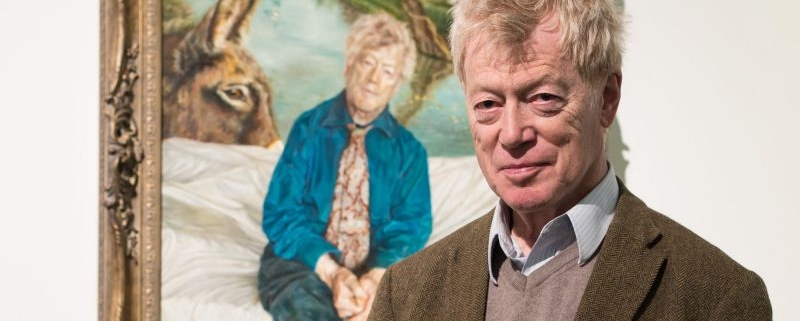
 This is an anti-Semitic sentence. And so is this. And this one too. How do I know? Because they’re written in English, the language of
This is an anti-Semitic sentence. And so is this. And this one too. How do I know? Because they’re written in English, the language of 
